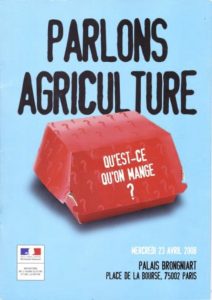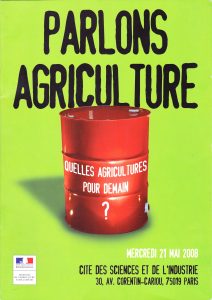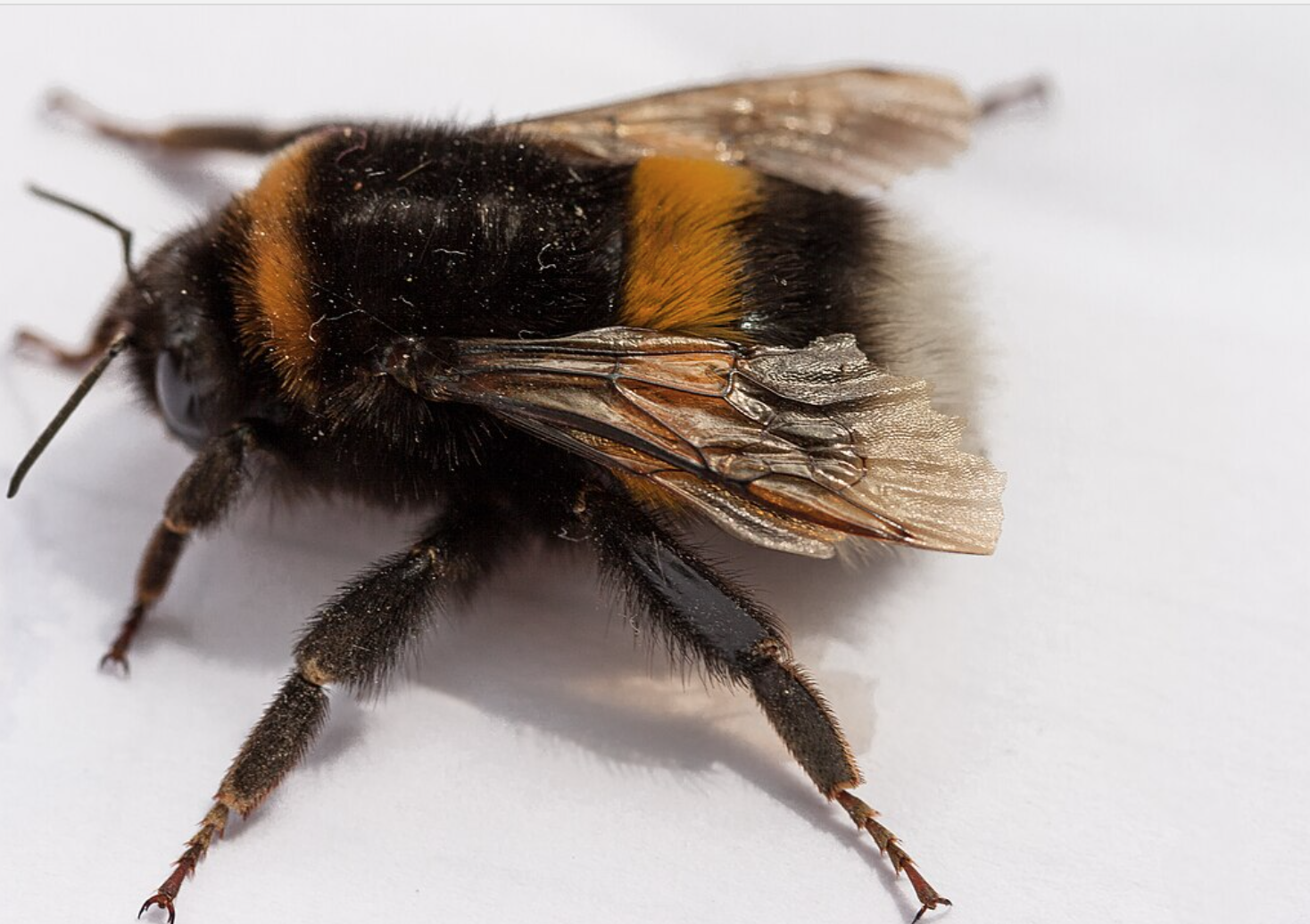From its launch in 2008, Parlons Agriculture can be described as a new generation of broadly-based long-term public education campaign. It has yet to herald a sea change in food policy. But it has cast some light on the power lurking in the dark recesses of corporate lobbying. Given the scale of the commercial interests in play, it would be naïve to imagine that any meaningful change will happen without a fight of some sort. The better you know and understand the issues that will need to be resolved, the more likely you will be in a position to make a difference in years to come.
Here are some of the people who had an input into Michel Barnier’s planning stage of Parlons Agriculture. The original text is to be found in the Parlons Agriculture booklets. This will be available for download (en français) from this website in the near future.
Pascale Hebel, dire-matokingctor of the consumer department at CREDOC: “Agriculture still has a strong image.” Hebel has been stutake place without happen without dying trends in French food shopping for 13 years. There are signs of a growing gap between the French public and the country’s farmers, as concern grows over issues such as bird flu, pesticides and animal welfare.
Tristan LECOMTE, head of Alter eco.
“Now, more than ever before, we must think about agriculture when we eat.” Eating conventional foods tends to clog society’s relations with farming. “At Alter éco, we are constantly talking about our producers and current growing conditions.”
François Danel is the head of Action Against Hunger: 850 million people were still going hungry in 2008. Danel was one of many development experts urging action to revive agriculture in poor countries. “Right now, food price rises make the situation critical: the most vulnerable families in 2008 were subjected to the full force of the emeregency. This crisis shows the need for a world food fund: it will need to cross the policy boundaries of the donor states.”
Pascale Briand is director general of AFSSA (l’Agence Française de Sécurité Sanitaire des Aliments.) “We are evaluating the upstream risks to ensure that political decisions are built on sound science.”
Hafez Ghanem, UN Food and Agriculture Organisation.
The term food safety means different things in the north and the south. In 2008, Hafez said: “We are witnessing a paradox on a planetary scale. In the north, everybody talks about food quality, in the south, people are only interested in quantity. What is more, there is a parallel change in diet. When countries get rich, the citizens eat more meat, vegetables, sugar and dairy desserts. The result is that we face real problems procuring certain crops.
“Food systems will always tend to develop self-regulating responses to the world around them,” says Pierre Feillet, longstanding member of the Académie des Technologies and author of the book French Food, From Making Fire To The 2030s. A seasoned authority on French food, Feillet explains the basis for his thinking. “We find that we are comfortable with all-powerful technology, yet the slightest wobble in a food safety system leaves us scandalised : we want progress, but we are shocked by genetically modified crops. We are constantly looking for reliable food , products, which are easier to cook and transport, yet, for all that, we are unwilling to spend any more money on food , both now or in the future.”
Olivier Andrault, UFC-Que Choisir : “It is essential to restore a dialogue between consumers and food producters.” Europe offers consumers an increasingly elaborate choice of foods. Paradoxically, as the choice of products gets bigger, it is also becomes less healthy. “The richer the citizens, the more likely they are to be thin, while poorer people are getting fatter. Obesity is rife in poor parts of the world. Once upon a time, fruit and vegetables were cheap, yet now sugars and fats are unbelievably cheap. Andrault sees this as a crisis in the making : central government should be called in and legislate for healthier food before Europe is brought to its knees by malnutrition.
Michel Lafont, an agronomist working for the regional chamber of industry and agriculture in Normandy, pulls no punches : “The most likely outome is most unlikely to be the one that anyone would have chosen.”




 This spring, Bradford-based supermarket chain Morrisons dumped all its added value satellite profit centres, in a bid to reduce costs and consolidate its position in the English groceries market.
This spring, Bradford-based supermarket chain Morrisons dumped all its added value satellite profit centres, in a bid to reduce costs and consolidate its position in the English groceries market.
 Town-dwelling horses were kept in grouped stables, or mews, usually bearing the name of the street they served. The equine diets were the standard fare of working horses of the day: hay, oats and roughage, washed down with water at intervals. Horses were the prerogative of the very rich or tradesmen who could cover their outgoings from their business. Agricultural businesses occupied the middle ground in this polarised rule of thumb scenario. The more successful ones worked with established lines of Percherons, Cobs or Shires, often breeding their own draft animals and systematically avoiding the saddle horse fraternity.
Town-dwelling horses were kept in grouped stables, or mews, usually bearing the name of the street they served. The equine diets were the standard fare of working horses of the day: hay, oats and roughage, washed down with water at intervals. Horses were the prerogative of the very rich or tradesmen who could cover their outgoings from their business. Agricultural businesses occupied the middle ground in this polarised rule of thumb scenario. The more successful ones worked with established lines of Percherons, Cobs or Shires, often breeding their own draft animals and systematically avoiding the saddle horse fraternity.

